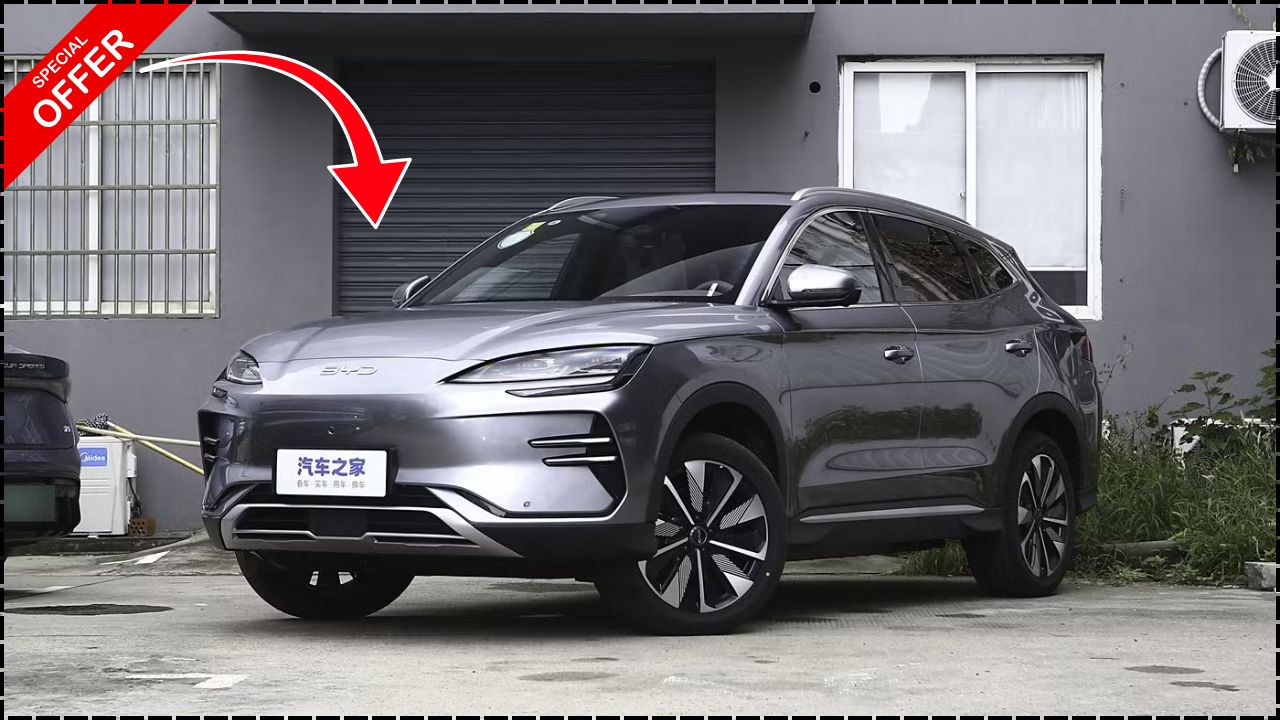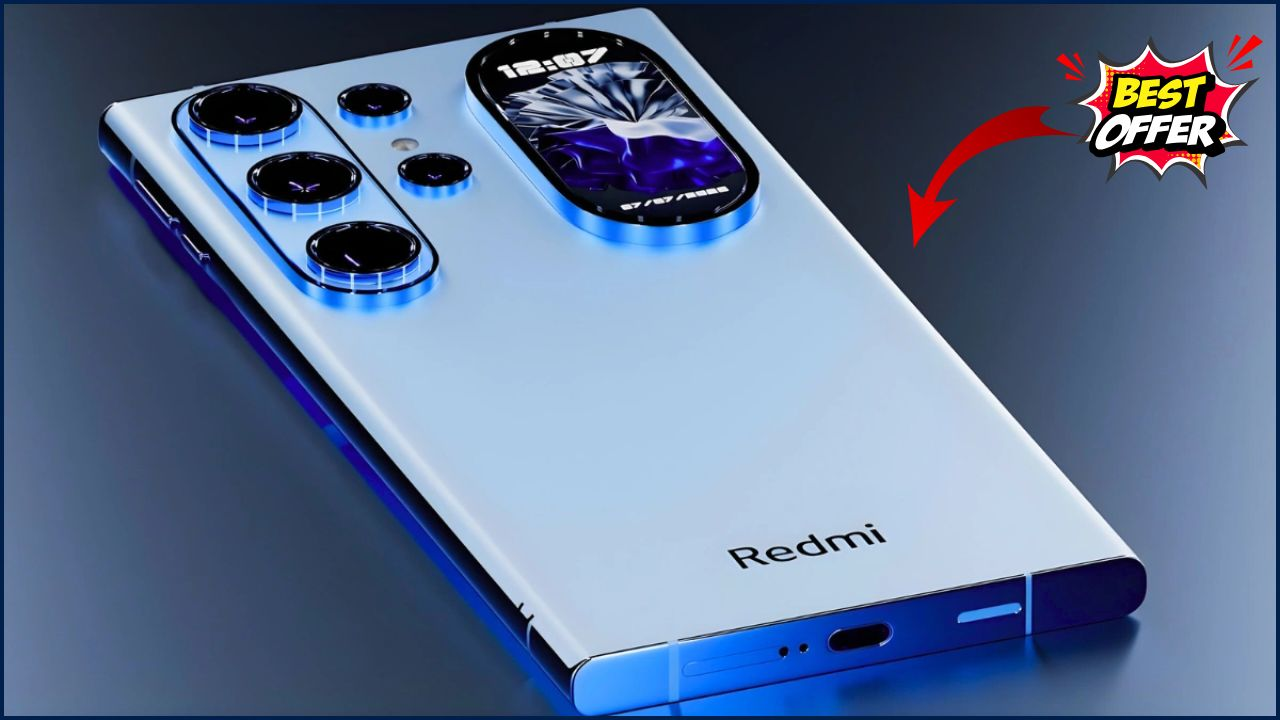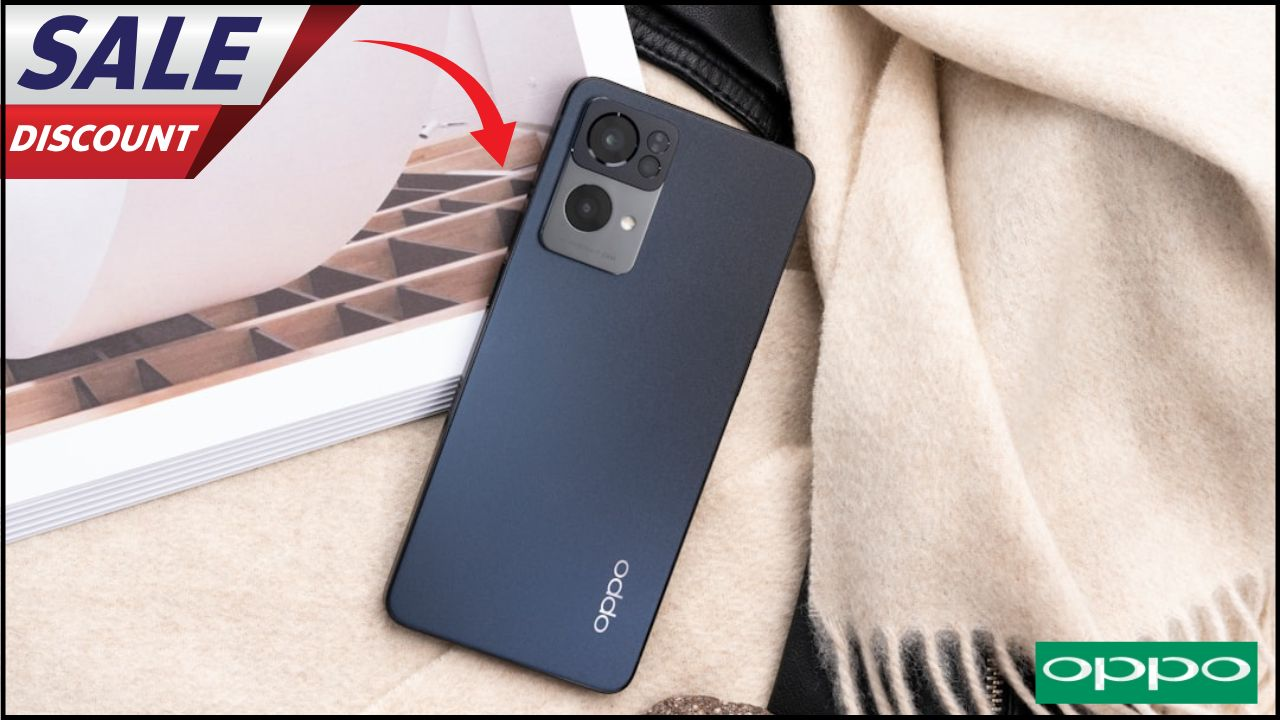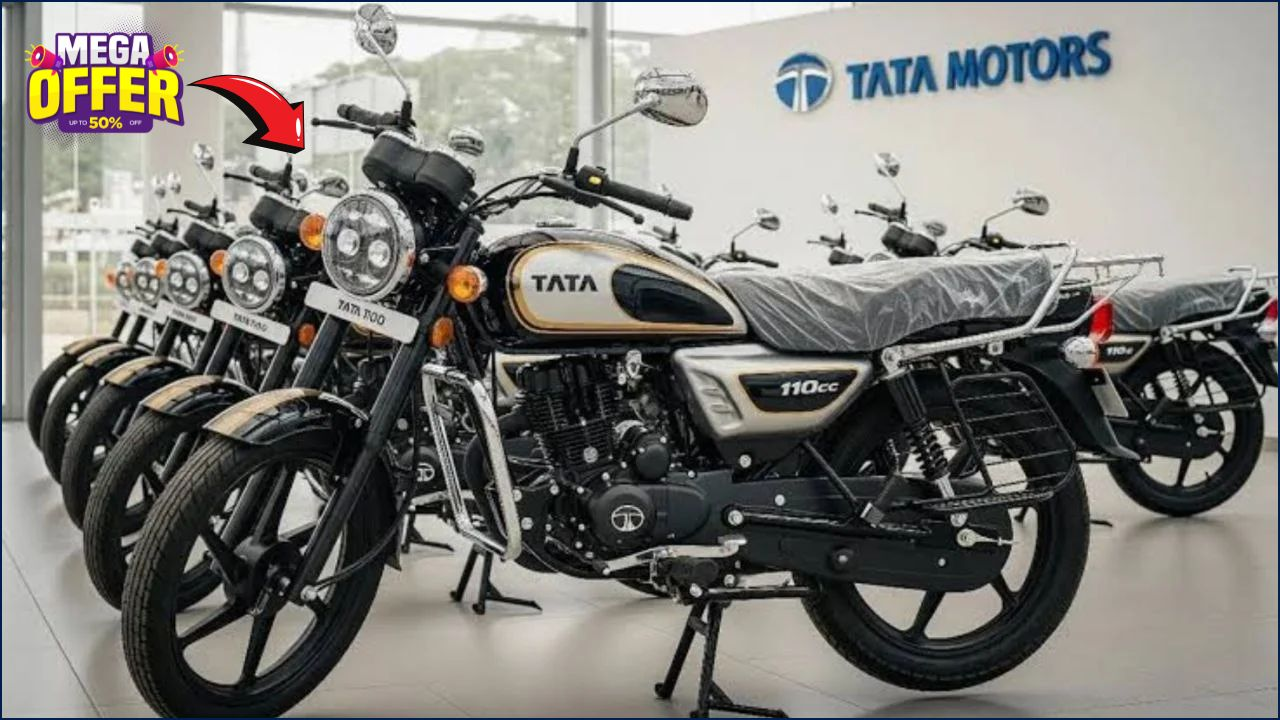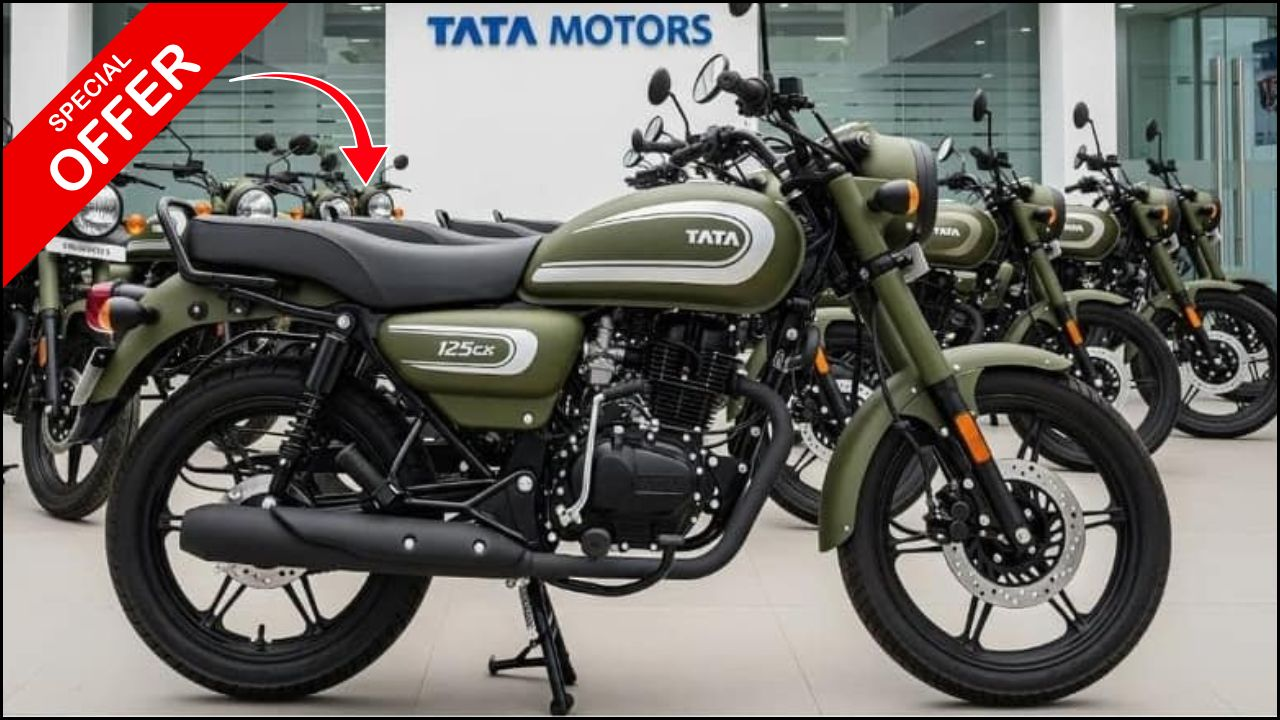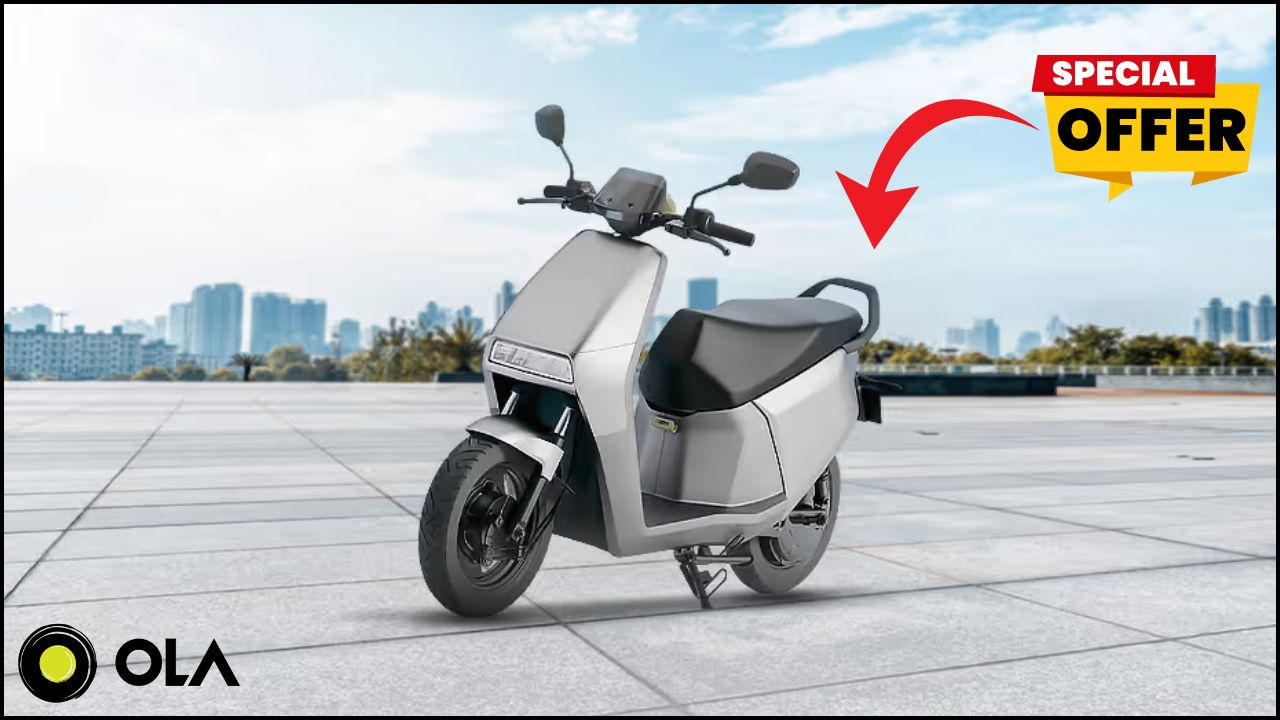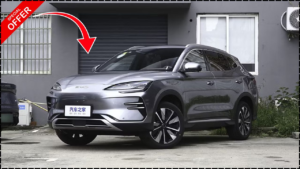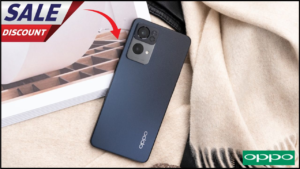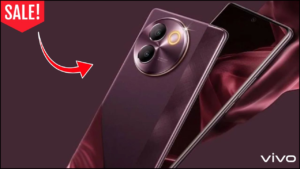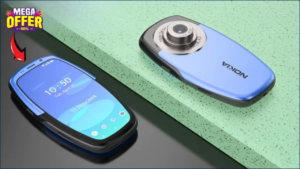
A viral advertisement claiming that a Vivo curved smartphone is available for ₹8,999 has stirred both excitement and caution among Indian consumers. The offer, which appeared on several online marketplaces and social media posts, promises “massive discounts for a limited time.” However, analysts and consumer protection agencies are urging buyers to verify the authenticity of the deal before making a purchase.
The Viral Offer and Consumer Buzz
The advertisement promotes what it describes as a “curved-edge display” Vivo smartphone at an entry-level price point. In India’s smartphone market, curved screens are generally associated with premium devices priced above ₹25,000. Therefore, a new Vivo device with that feature offered under ₹10,000 appears, at best, highly unusual.
While consumers flooded online forums and social media with enthusiasm, many expressed doubts about the legitimacy of such a low price. Several e-commerce pages featuring similar listings were later found to redirect to unverified sellers or pages with unclear warranty information.
Despite the widespread chatter, Vivo India has not issued any public statement confirming any such official discount or promotional campaign. As of Wednesday evening, no authorized retailers or the company’s official website listed any model matching the ₹8,999 offer.
Expert Opinions: “Unrealistic Pricing”
Technology industry analysts have been quick to describe the offer as suspicious. According to Prabhu Ram, an independent market researcher based in Gurugram, “The cost of materials and manufacturing for a curved smartphone display alone would exceed the claimed retail price. It’s almost impossible for a new Vivo curved smartphone to be sold at ₹8,999 without compromising authenticity or quality.”
Similarly, Anshul Gupta, a senior analyst covering South Asian smartphone markets, notes that the pricing gap raises red flags. “Either this offer is a refurbished unit being misrepresented as new, or it involves counterfeit stock entering the supply chain. Consumers should exercise caution before purchasing from unofficial websites or independent resellers,” he said.
Understanding Curved Display Technology
Curved displays are built using flexible AMOLED or OLED panels that bend slightly around the edges of the device. This curvature provides a more immersive visual experience and gives the phone a sleek, premium appearance. However, manufacturing these panels involves specialized materials, complex assembly, and higher rejection rates compared to flat screens — all of which increase costs.
Typically, the additional manufacturing expense for a curved display adds between 20% and 30% to the total production cost. This explains why most curved-screen smartphones, across brands, are positioned in the mid-range or premium segment.
In short, any “brand-new” curved display smartphone priced below ₹10,000 would either involve heavy subsidies, steep exchange bonuses, or a misrepresentation of product specifications.
The Reality of Online Discount Offers
Many digital marketplaces use effective pricing models that display a product’s lowest possible price after combining multiple discounts — such as exchange bonuses, bank card offers, or digital wallet incentives. This means the “₹8,999” price may only apply under very specific circumstances.
For instance, a smartphone with a base price of ₹24,000 might appear as ₹8,999 after applying a ₹10,000 exchange offer, ₹3,000 in card discounts, and additional promotional coupons. However, most consumers are ineligible for all these simultaneously, which often leads to confusion or disappointment.
E-commerce platforms are legally required to display the actual selling price clearly, yet misleading marketing remains a recurring concern during India’s festive season sales.
How to Verify Authenticity Before Buying
Experts recommend taking several steps before making any purchase from online platforms offering unusually large discounts:
- Check the official Vivo India website for authorized resellers or ongoing promotions.
- Verify the seller’s credibility through official brand channels.
- Avoid offers shared through random links on messaging apps or social media posts.
- Read fine print on the product page, especially regarding return policies and warranty coverage.
- Inspect for terms like “refurbished,” “open-box,” or “used.” These indicate that the device may not be new.
- Use secure payment methods with buyer protection features instead of direct transfers.
Consumer awareness groups emphasize that legitimate Vivo products carry an official manufacturer’s warranty and should be sold through either physical retail partners or verified online stores.
Broader Issue: Rise in Online Scams and Counterfeit Electronics
India’s booming e-commerce market, with hundreds of millions of users, has also become fertile ground for fraudsters. The Consumer Affairs Ministry has reported a steady increase in complaints related to misleading product descriptions, counterfeit goods, and unauthorized sellers using the names of popular brands.
Digital security experts warn that “flash sales” and “limited-time offers” often serve as bait to lure users into fake payment portals or phishing pages. Such websites may mimic real retailer layouts but are designed to harvest personal or financial data.
Even legitimate online sellers can host third-party merchants whose listings may not undergo thorough verification. Therefore, analysts urge buyers to confirm both the seller’s identity and the platform’s authenticity before committing to payment.
Market Context: Where Vivo Stands
Vivo remains one of India’s top five smartphone brands by volume, alongside Xiaomi, Samsung, Realme, and OnePlus. Known for its stylish designs and camera-focused devices, Vivo typically targets mid-range consumers. The company’s models like the V29 Pro or V30 5G retail between ₹25,000 and ₹40,000 depending on configuration.
In contrast, Vivo’s entry-level Y-series — such as the Vivo Y18 or Y28 — are priced between ₹10,000 and ₹15,000, and none of these models feature curved displays. This makes the ₹8,999 claim even less credible, as no current or previous Vivo model combines a curved display with such low pricing.
Why Do These Misleading Listings Appear?
Industry observers cite multiple reasons why exaggerated offers like the ₹8,999 Vivo smartphone listing proliferate online:
- Clickbait marketing: The ad drives web traffic and increases engagement for sellers or influencers, even if no real stock exists.
- Grey market imports: Phones intended for other regions may be resold domestically without official support.
- Counterfeit sales: Unauthorized vendors may use well-known brand names to move imitation devices.
- Data harvesting schemes: Some scam websites use fake listings to collect user data, which can later be sold or misused.
- Confusing conditional offers: Complex discount structures are advertised as “flat” prices, obscuring true costs.
These patterns highlight why digital literacy and brand verification remain crucial in India’s rapidly expanding online retail space.
What Buyers Can Do if They Are Misled
If a consumer suspects they have fallen victim to a fraudulent online sale, several remedies are available:
- File a complaint on the National Consumer Helpline (NCH) portal or helpline number 1915.
- Report the website or seller to the Cyber Crime Reporting Portal (cybercrime.gov.in).
- Contact the e-commerce platform’s grievance redressal officer with screenshots and transaction details.
- Notify the brand (in this case, Vivo India) to verify serial numbers and confirm authenticity.
Taking timely action can help trace fraudulent sellers and prevent further scams targeting other users.
Nokia 6600 5 G Smartphone with 200 MP Camera and 18 GB RAM: Huge Dhamaka Offer at ₹ 2,000 Only
The Bigger Picture: Responsible Consumerism in the Digital Age
As India transitions further into a digital economy, responsible consumer behaviour is becoming a key factor in shaping safe online markets. Experts stress that buyers should balance enthusiasm for deals with caution and due diligence.
Educational campaigns by government bodies and non-profit organisations are helping raise awareness about online fraud. Consumers are encouraged to treat every extraordinary deal with healthy skepticism, especially when involving high-value electronics.
Conclusion
While the promise of a Vivo curved smartphone at ₹8,999 has caught nationwide attention, there is no verifiable evidence that such an offer exists officially. Given the high cost of curved display technology and Vivo’s established pricing structure, experts warn that such deals may involve refurbished or counterfeit products.
Analysts agree on one central point: if a deal looks too good to be true, it probably is. Consumers should purchase only through trusted channels, check warranty details, and stay vigilant against unrealistic online offers.


